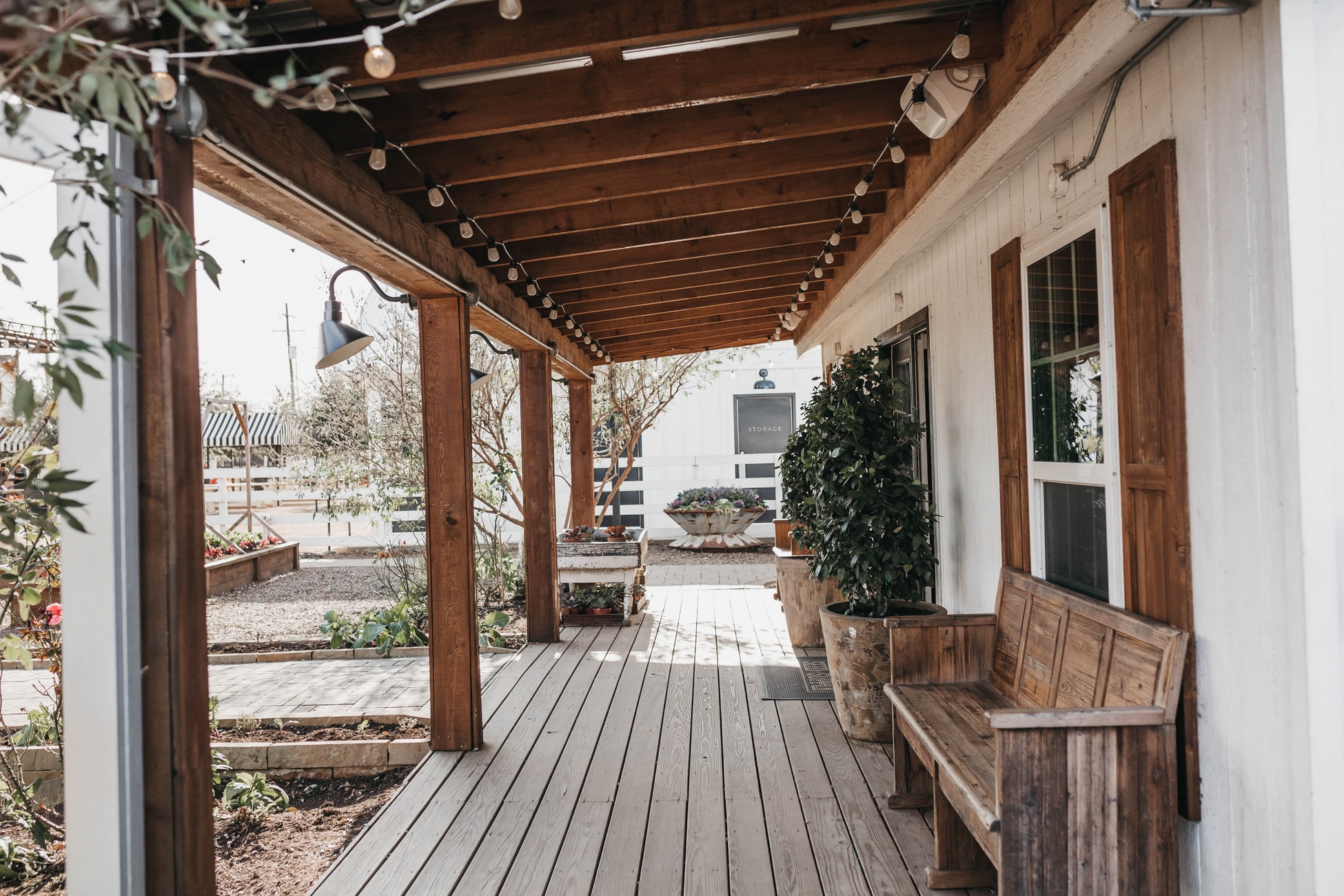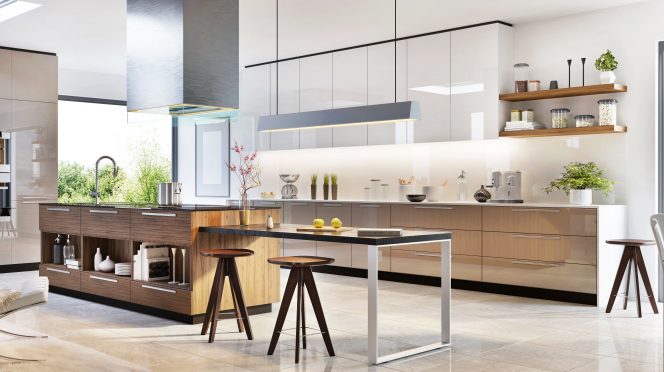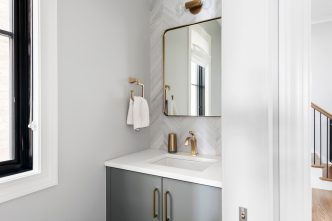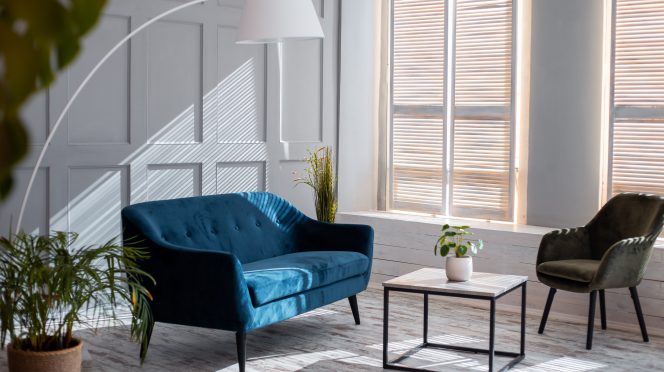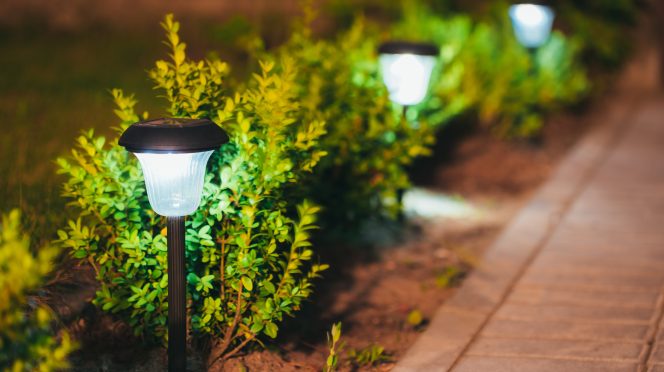The patio can be more than a centerpiece of your garden or additional space for your home. It’s a place where you can get fresh air during humid days without overheating in the sun. But if you are going out to save on your electrical bills, why not transform it as an extension of your living room? It is not as expensive or complicated as you think.
First, it begins with your design. If you go DIY for the project, make sure that the structure is not an unsightly protrusion. That will decrease the curb appeal of your home and could affect its resale value. Contact roofing professionals like City Seamless Roofing to do your roof. It is the most critical component of your patio and one you cannot afford to mess up.
Here is a quick guide to planning your patio:
1. Identify the location
Most patios are built adjacent to the house since it embodies their vision of outdoor living. They can put seats, tables, hammocks, swing chairs, and other pieces of furniture. They can spend most of their time there during the hot summers instead of wasting money on their ACs. Now you have to decide if the patio will be located parallel to the house, or asymmetrical to the house. It can be attached or free-standing. Each has its respective pros and cons.
2. How big should the patio be?
The average size would be around 16 x 18 feet. It will give you ample space to move around or entertain guests outdoors. You do not want them bumping on furniture because there is no space in between. Keep about three feet of space in between furniture pieces. But if you like to entertain large crowds, then build the patio on your yard and accentuate it with a patio cover.
3. Choose between wood and concrete
Most of the time, the design of your house will determine the type of materials used on your patio. But you can also achieve contrast if you build a patio entirely made of wood to juxtapose your concrete or brick house. Meanwhile, if you have a homeowner’s association, they might have a say in the design. Make sure to check with them your plan to build a patio.
4. Plants and flowers
Climbing flowers and vines will provide a pop of color and character to your patio without spending too much money. But you do not want to overdo it, making the plants already swallow the structure. You might spend all that money only to see your patio hiding behind a wall of leaves. If you are not confident about your abilities, contact a local landscaper to do this one for you.
5. Details
Now, you have to choose your seats, tables, and furniture for your patio. You have an opportunity to start at square one. It is more difficult to change the interior of your house because it gets already set, and you have settled on a routine. Just remember, form follows function. You may become constrained by space. Thus, limit your accent pieces.
Remember that when you build a patio, it is one of the firsts to be seen when your guests enter your property. When you are looking to sell your house down the road, the structure enhances the curb appeal. Ultimately, you want to generate the best first impression, so start it with your patio.
